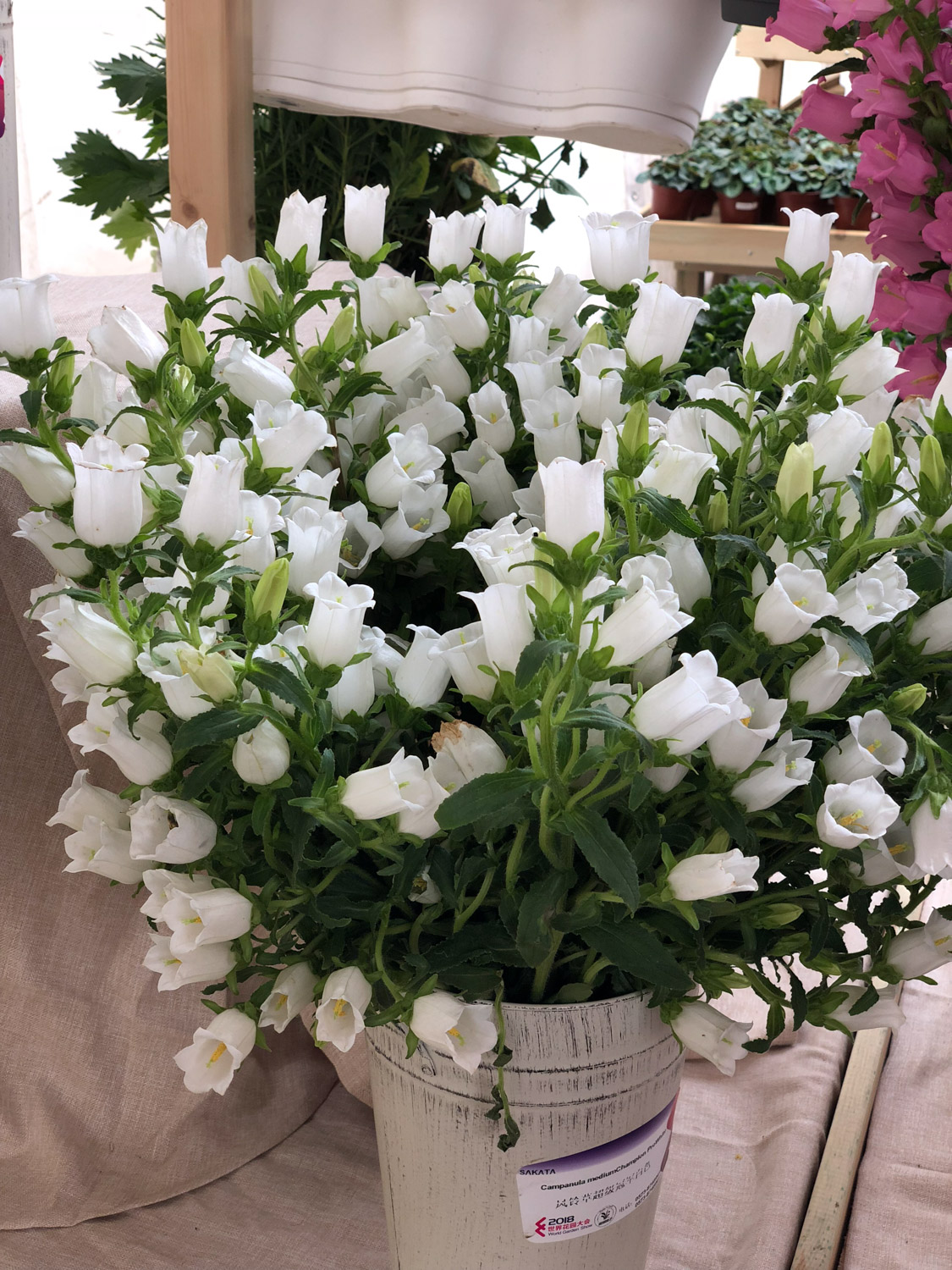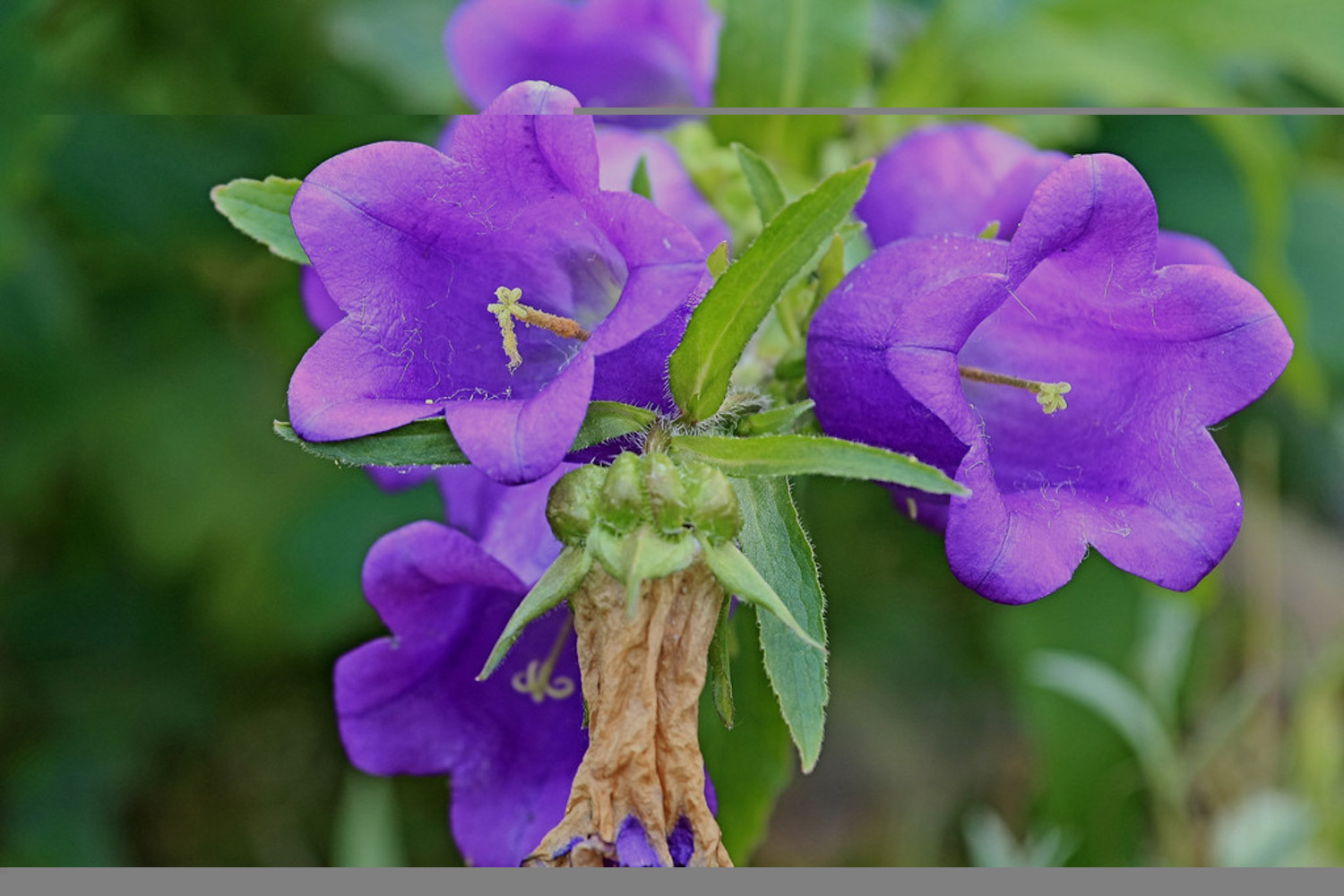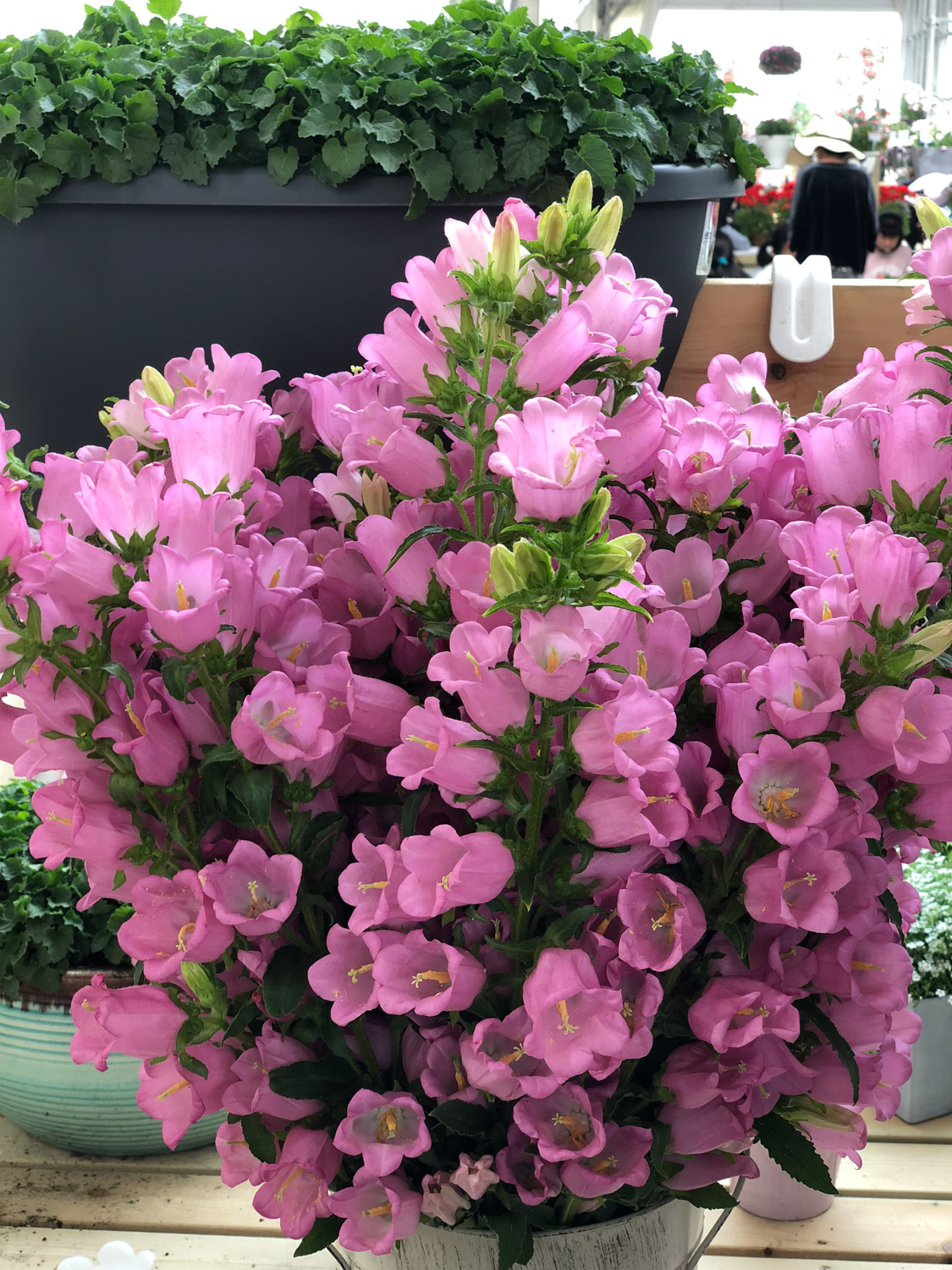Growth habits:
1. Campanula is afraid of both high heat and cold. It likes a cool and mild climate. It is required to have sufficient sunshine, but it shall not be exposed to the sun, and can withstand a semi cool environment. It is very sensitive to temperature. If the temperature is too high, the leaves will turn yellow, wither and fall off, and the most serious will kill the whole plant. Too low temperature will also wither and kill the whole plant
2. Wind chime grass is afraid of waterlogging and dislikes much water. It likes to be dry and can withstand drought. If there is too much water, the roots rot, the leaves turn yellow and wither. Therefore, when choosing planting environment or soil, we must choose an environment with good air permeability and drainage. The requirements for soil are not very high, and the main requirement is good air permeability

About the propagation of Campanula:
Its reproduction is dominated by planting flower seeds, which is most suitable in the second half of each year. The requirements for soil have been mentioned above, and the soil with good air permeability is the most suitable

Precautions for seedling management:
1. In the early stage of its seedling cultivation, a relatively dry environment is required. After emergence, the soil can be kept wet, and the water can not be poured through at one time. Wait until the soil is completely dry before watering
2. There are not too many requirements for fertilizer to ensure its growth
3. Neither sunlight nor humidity should be too high, but only moderate
4. Pay attention to management after transplanting to the flower pot. If you don't want it to grow too high and difficult to manage in the future, you should give it a tip when it grows to 7-8 cm, so that it can not only control its height, but also breed new branches and increase the number of flowers
5. Watering should follow the principle of no watering, no watering and thorough watering. However, it should be used flexibly according to the weather conditions. It should be watered frequently in the summer with high heat and large evaporation. When the evaporation is small, it should be reduced

Pest control:
1. The most common diseases of Campanula are rust, powdery mildew and leaf spot. These diseases are harmful to the leaves of Campanula. They should be found and treated early, otherwise it will affect the growth of the whole plant
2. Insect diseases are mainly aphids and red spiders, which mainly suck the nutrient solution on leaves and plants, resulting in plant wilting and death

 how many times do yo...
how many times do yo... how many planted tre...
how many planted tre... how many pine trees ...
how many pine trees ... how many pecan trees...
how many pecan trees... how many plants comp...
how many plants comp... how many plants can ...
how many plants can ... how many plants and ...
how many plants and ... how many pepper plan...
how many pepper plan...





























